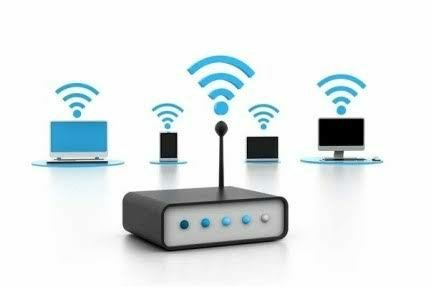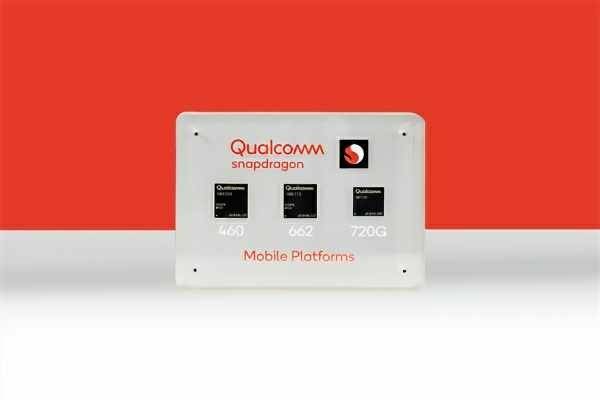
If work or stop studying at home for a while, here’s how to speed it up.
As the new coronavirus continues to spread throughout the United States, many people find it working or studying at home. This also means that you are stuck in a home Wi-Fi network, and most of you may not be familiar with the task.
Some cable companies have accelerated low-income customers. Others stopped the broadband data cap. However, it’s up to you to get rid of the speed around the house and the Wi-Fi dead zone. This tip offers a variety of options to get the most out of your Wi-Fi connection, both inside and outside your home.

1.Moving the Router A
slightly obvious or too basic fix to consider, but physically moving the router can make a real difference in the speed you get and the range of wireless transmission. Do not hide the router in a corner, under a cupboard, or inside a drawer. The more prominent the centre, the better.
You may need to apply creative cabling to make your router a better place, but it’s worth the effort to get the final result. Think of the location of the main unit (console, laptop, etc.) and make the router as close as possible. Devices that do not require too much bandwidth, such as smart thermostats, do not have to be a priority in terms of physical proximity. If you don’t have a table or other flat surface where you think your router will be best positioned, install it halfway through the wall. If possible, keep it away from other devices that use electromagnetic waves (such as baby monitors, wireless keyboards, and microwave ovens).

2.Router Upgrade
I have never thought about replacing the black box provided by your internet provider, but the standard problem router box may not be the best model on the market. There are better options. Contact your provider or run a quick web search to see if you can switch to another box and get the necessary configuration settings.
The word “better” means a router that makes Wi-Fi wider, supports more devices more easily and keeps the connection stable for higher demand. Router upgrades have no effect on the speed of the internet entering your home but may affect the speed and stability of your device.
There is no room for a full router purchase guide here, but check out some of the specifications and features available through the Netgear Nighthawk AX10 or TP-Link AX6000. You can also upgrade to a mesh network that installs multiple router nodes around your home. For example, check out Google Nest Wifi ($ 270) or Eero Wi-Fi.
3. Channel or band change
routers use specific Wi-Fi channels to communicate with devices around the house, and if you live very close to neighbours with routers using the same Wi-Fi channels, everything can get crowded very quickly. Switching to a different channel may fix this.
All routers handle this differently (check the documentation or see instructions online if you’re not sure). However, you should be able to find the options in the device settings. Channels 1, 6, and 11 are the channels you should try as they have the least amount of interference when multiple devices are connected.
Most routers now use dual-band technology that broadcasts at 2.4GHz and 5GHz frequencies. If your router settings allow, you can prioritize for specific devices. The 5 GHz band is shorter than 2.4 GHz, but it connects to the Internet faster.
4. Install the extender If
it’s too difficult to mess up your router setup if you have a few dollars to spare, invest in a Wi-Fi extender or repeater. The device plugs into an extra wall outlet connect to the wireless internet at the router and then expands further.
The setup is simple, easy to use, and you can instantly remove the Wi-Fi dead zone in your home. It is important to redeploy the extended or repeated wireless signal as it is not as strong as the signal from the router. Use these devices to connect devices that don’t require huge amounts of bandwidth.
There are many options to choose from. Take for example the Linksys AC1900 or Netgear EX7300. Make sure that the maximum supported Wi-Fi standard (e.g. 802.11ac) matches your router’s standard to connect as soon as possible.
5. The use of electrical wiring
An alternative to the extender is the power line kit, which could not be realized, but the digital signal can pass through the electrical wiring, and the power line device is designed to utilize it. Powerline networking kits are made by several manufacturers, including Netgear and TP-Link.
Connect the power line plug to the router, then plug it into a wall outlet. Adding a different power line plug to another room in the house can provide a wired or wireless connection to that room. The speed may drop slightly, but it is a simple and effective option.
If your house is not particularly old, you should have electrical wiring to support it, but in case it’s best to buy a kit from a retail store with a strong return policy. Always check the review before purchasing a kit in case you see any known incompatibility issues.
6. Instead, a wired
connection to a wired router is generally preferred over a wireless router. It is faster and more stable and is not affected by other devices or large fish tanks. Of course, the downside is that it limits the location of the device and is less convenient overall.
If you have a device that needs the fastest internet (e.g. a game console or streaming box), it’s a good idea to invest your time and effort in setting up a wired connection directly from your router. Routers require a small number of Ethernet ports, so you only need cables.
In order to do really neat work and to ensure that the wires do not touch the floor, it is necessary to layout cable management (for example, a bracket for fixing the Ethernet cable to the wall). For one or two gadgets, it’s worth the extra setup.






